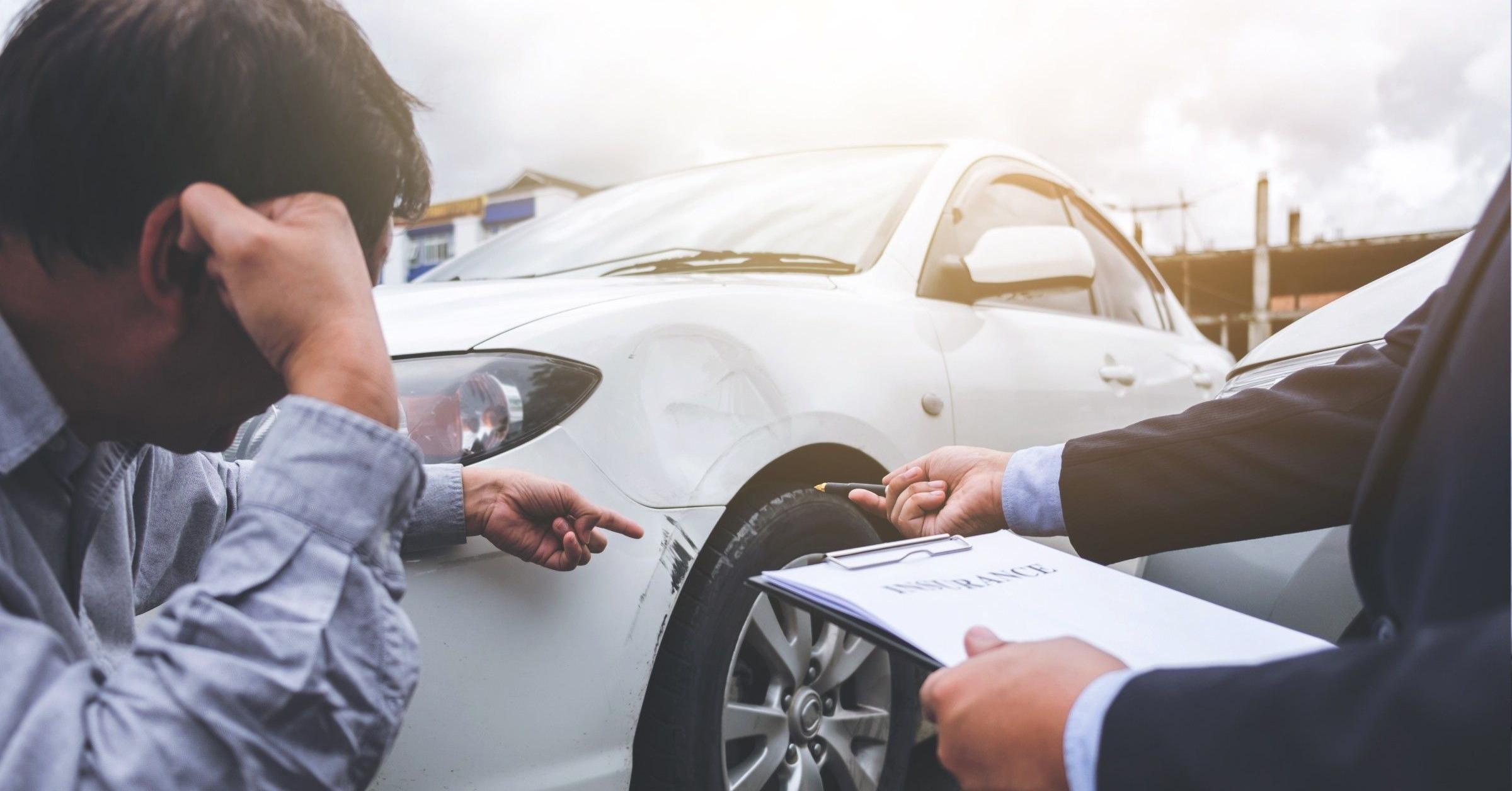Experiencing a car accident can be both traumatic and overwhelming. In the ensuing days, dealing with insurance adjusters becomes a necessity. Knowing how to navigate these conversations effectively can substantially influence the outcome of your insurance claims. This post will guide you through the process, highlighting the role of various coverages and providing tips for interaction with adjusters.
Understanding Your Auto Insurance Coverage
Before discussing the details with an insurance adjuster, it’s critical to comprehend the coverages included in your auto insurance policy:
- Property Damage Coverage: This element of your auto insurance policy covers damage to your own vehicle or property as well as damage to another person’s property for which you may be legally responsible after an accident.
- Medical Payments Coverage: This coverage can help with medical expenses related to an accident, regardless of who is at fault.
- Uninsured Motorist Coverage: This comes into play when an uninsured driver is responsible for the accident, helping to cover costs that would typically be covered by the at-fault driver’s insurance.
- Bodily Injury Liability Coverage: While this post focuses on non-injury aspects, it is worth noting that bodily injury liability coverage protects you if you’re responsible for an accident that injures someone else, covering their medical expenses and possibly legal costs.
Now let’s delve into how to effectively deal with insurance adjusters after a car accident.
Document Everything
The Sacramento accident attorneys at Rosenthal Law Firm reccomend documenting all aspects of the scene, including taking photos of all vehicles involved, noting the time, place, and collecting witness statements if possible. Keeping a personal record detailing the event and any subsequent symptoms or issues that arise is invaluable.
Initial Contact with an Insurance Adjuster
An insurance adjuster’s job is to evaluate the claim and determine the insurance company’s liability. Be prepared to provide your adjuster with the facts of the accident, but avoid making any statements that could imply fault or responsibility. Stick to the details and let the adjuster do the work of evaluating the claim.
Be Honest and Concise
Always be truthful with any information you provide, as errors or omissions can complicate the claims process or lead to a denial. However, you should also be concise; avoid volunteering unnecessary information or speculating about the accident.
Understand the Adjuster’s Role
Recognize that the adjuster works for the insurance company and their primary role is to resolve the claim with as little cost to the company as possible. It’s their job to minimize the amount paid out in claims while also ensuring that legitimate claims are paid.
Don’t Accept the First Offer
First offers are often lower than what might be considered fair. Don’t feel compelled to accept a settlement quickly; it’s a starting point for negotiation. Analyzing each aspect of the offer can reveal if it truly covers the cost of your damages and necessary expenses related to the accident.
Settling Your Claim
When you feel satisfied with the settlement offer, make sure that all the terms are documented, and consider having a professional review the agreement before you sign. Once you agree to a settlement, you may not be able to go back and request more money if additional costs arise.
Navigating post-accident procedures with insurance adjusters involves knowledge of your insurance coverage, documentation of evidence, measured communication, and careful consideration of any settlement offers. With these guidelines, you can manage interactions with insurance adjusters more effectively and be more likely to achieve a fair resolution to your car accident claim.

